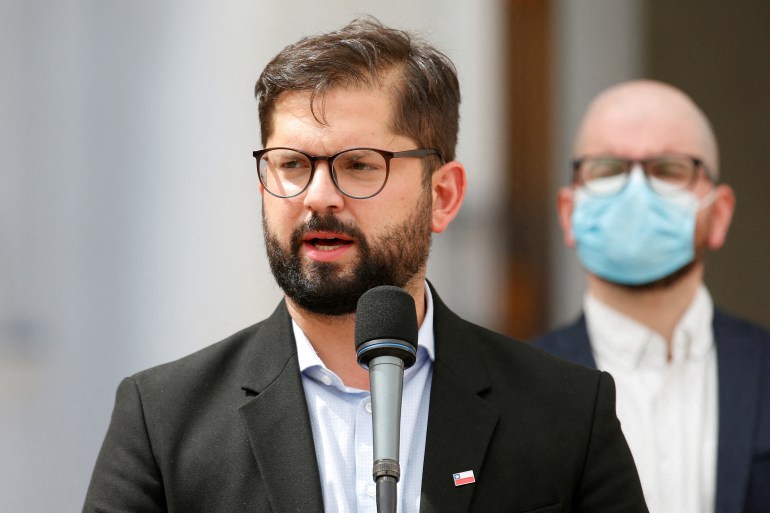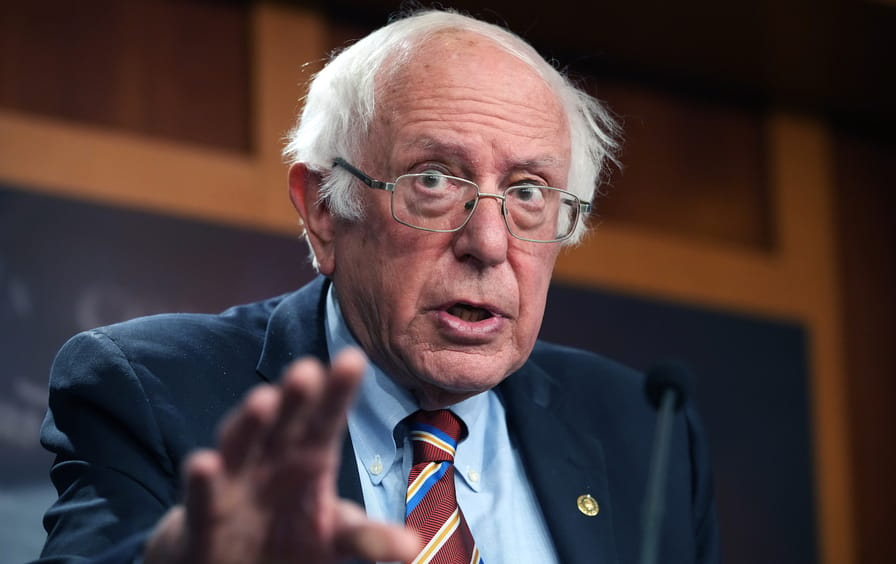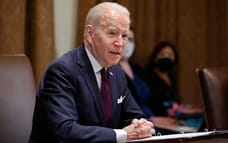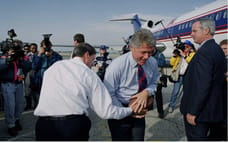
Canada's New Immigration Plan Wants To Welcome More Than 1.3 Million Newcomers By 2024
Narcity
New targets have been announced for Canada's immigration plan and the federal government wants to welcome more than 1.3 million newcomers into the country in the next three years.
On February 14, Minister of Immigration, Refugees and Citizenship Sean Fraser tabled the 2022‒2024 Immigration Levels Plan which lays out the government's framework for newcomers to help the Canadian economy recover and stimulate post-pandemic growth.
It outlined that even though many jobs lost during the pandemic have been recovered, there are still hundreds of thousands of positions that need to be filled.
Since immigration accounts for almost all of the labour force growth in Canada and it's expected that millions of Canadians will retire by the end of the decade, that gave a "clear sign" to the government that there is "a strong economic need for increased immigration."
"The 2022–2024 Immigration Levels Plan aims to continue welcoming immigrants at a rate of about 1% of Canada's population."
For the next three years, the plan is to let in 431,645 permanent residents in 2022, 447,055 in 2023 and then 451,000 in 2024 which works out to 1,329,700 people in total.
This goal is bigger than the previous plan for 2021–2023 which aimed for 401,000 new permanent residents in 2021, 411,000 in 2022 and 421,000 in 2023 for a total of 1,233,000 people.
Since there are increased targets, the government plans to address challenges with Canada's immigration system by modernizing it which will reduce application backlog and create predictable processing times.
In 2021, Canada welcomed more immigrants – 405,000 – than it ever had in a single year and broke the record from back in 1913!
If the goals of the new plan are met, the country would smash the record every year from 2022 to 2024.


















 The proposals will be debated in the coming months and will need approval by two-thirds of the delegates [Ivan Alvarado/Reuters]
The proposals will be debated in the coming months and will need approval by two-thirds of the delegates [Ivan Alvarado/Reuters]


